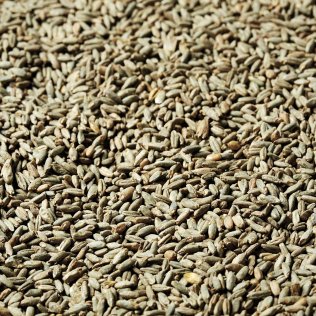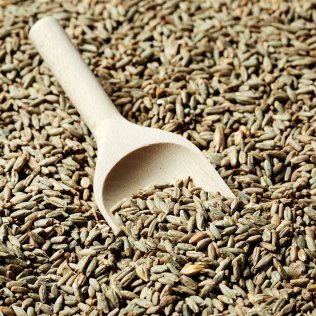Rye in your beer

In this blog we will take a look at rye as a brewing grain. Where does it come from and what does it do to your beer? Rye (secale cereale) is closely related to both wheat and barley. It is one of the first grains that was cultivated, dating back 13,000 years in western Asia. Although it can grow on heavy clay and drought-affected soils better than any other grain, it grows best on fertile, well-drained loam or clay-loam soils.
Rye contains a higher proportion of soluble fiber, but less gluten than wheat. Used in a diet, it can improve cholesterol levels and glucose regulation. It was once a major player in brewing, but became victim of the German Reinheitsgebot. After a few bad harvests, leaders decided that rye should only be used for bread, so people could still eat. Luckily, the rise of craft beer meant the comeback of rye.
The wort of rye is highly viscous, meaning it is a lot thicker than other grains. That is why rye is often used to add body, depth and a little spice to the beer. Because of the darker colour, it is often used for red ales. Like all grains other than barley, you should use rye in moderation, up to 60% for real heavy rye flavours. If you are inexperienced with rye however, you should try it with 10% to 20%. Beware of difficulties with filtering, when using rye in your brew. Rice hulls can be the solution, as they have no effect on colour or taste.
Apart from current styles like IPA or Stout, rye is also used to revive historical beers like the Finnish Shati or German Roggenbier. It can also be used to distill whiskey or gin. When fermenting rye bread, you can create Kvass. A lot of options, so why not try it?






